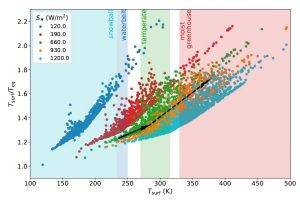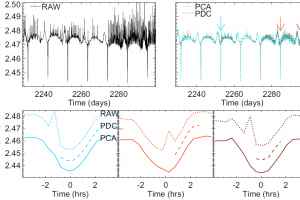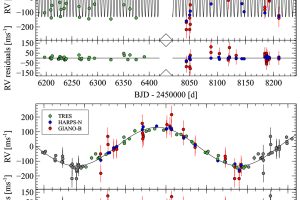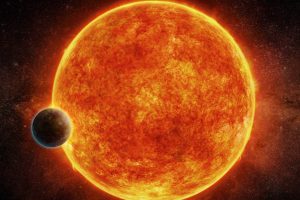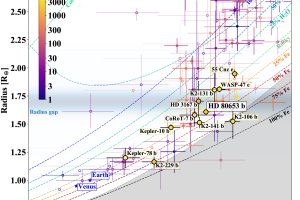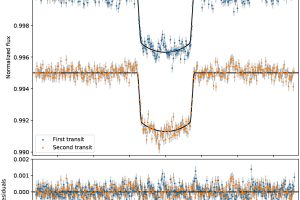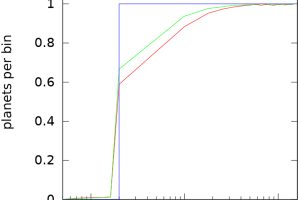Exoplanets with extended evaporating atmospheres. The study: “The GAPS programme at TNG. XXII: The GIARPS view of the extended helium atmosphere of HD 189733 b accounting for stellar activity” of G. Guilluy (UniTO/INAF-OATo) recently appeared on A&A
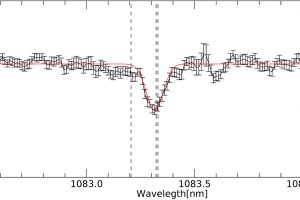
The number of known exoplanets discovered so far (4197 planets, updated at 2020/August/4th, from NASA) is large enough to allow us to study their global properties. One of these properties, still lacking a proper explanation, is the so-called “Neptunian desert”, e.g. the lack of intermediate planets with orbital periods shorter than 3 days. One of the hypotheses that can explain the Neptunian
» Read more
